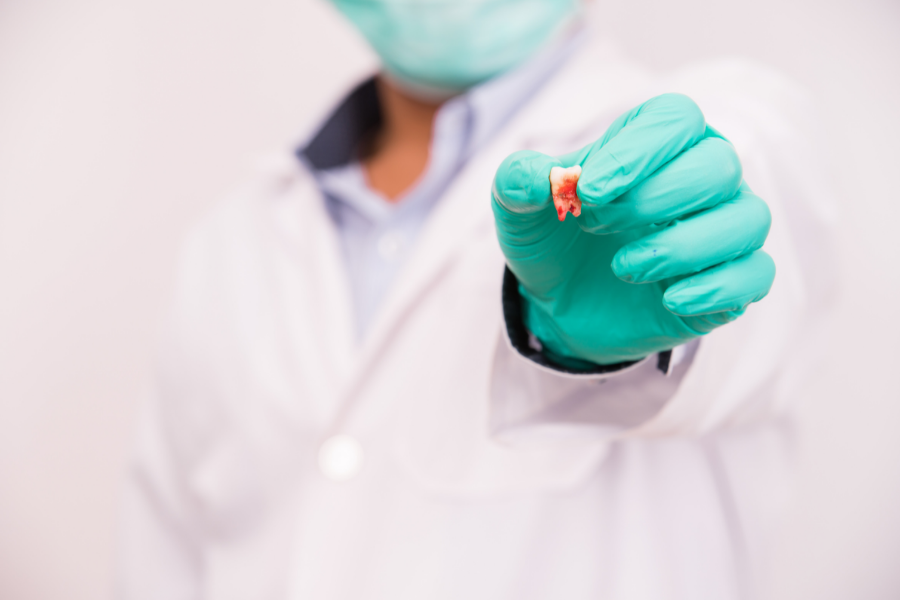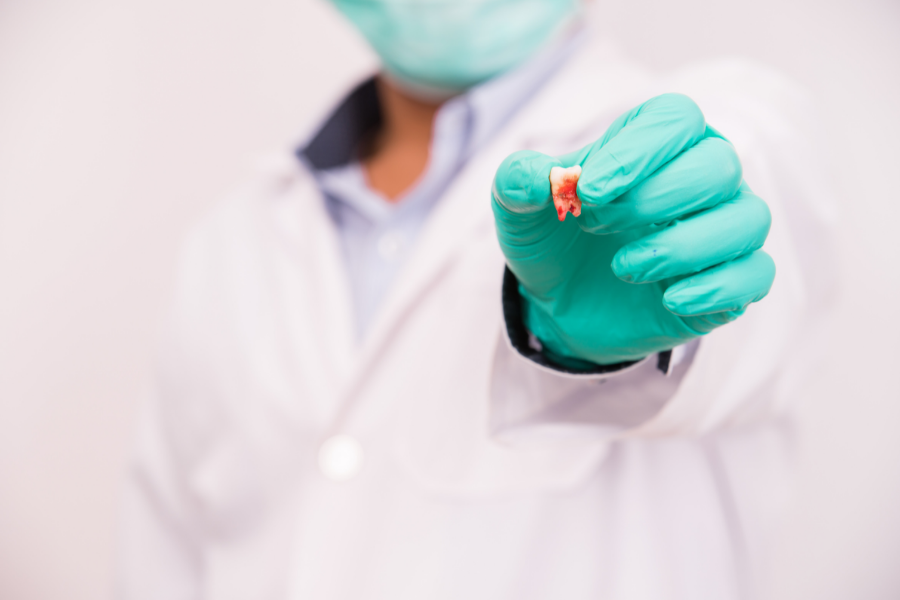
Anyone who has ever experienced an impacted wisdom tooth knows how uncomfortable, even painful, it can be. But for the majority of us, the world of wisdom teeth remains a mystery. What are they? Why do we have them? Is wisdom teeth removal always necessary? It’s time to find out from our very own dentist.
What are Wisdom Teeth and Why do We Have Them?
Wisdom teeth are the third and final set of molars in the back of the mouth. They develop and grow in our teenage years. Sometimes you can leave them there. But more often they become misaligned, cause problems, and have to be removed.
As HealthOne’s Dental Director, Dr. Sunny Gill, says, the reason we have wisdom teeth comes down to human evolution. Thousands of years ago the jaws of our ancestors were bigger. Diets back then were made up of unprocessed, uncooked food, so there was a need for an extra set of teeth. Human jaws aren’t as big now, plus we cook our food. So we don’t need as many teeth as we used to.
“Not everybody gets wisdom teeth,” Dr. Gill says. “There are lucky ones who don’t. The reasons are unclear. But most people do get them, usually between the ages of 18-21.”
Most people have four wisdom teeth – two on the top, two on the bottom. They can come out directly, emerging through the gum, which dentists call “erupted”.
There might not be immediate complications, but the longer-term issue will come down to the difficulty in keeping them clean because they are in such an awkward place. Sometimes an infection will develop because of that, Dr. Gill says, so the wisdom teeth need to be removed for those reasons.

Impacted Wisdom Teeth
The bigger problem is impacted wisdom teeth, where there is no space for them to come in. Sometimes they sit right underneath the gum tissue or are partially impacted halfway in, halfway out.
In other situations, the wisdom teeth are buried deep in the gum. The tooth may grow at an angle directed toward the second molar, or it could grow at an angle towards the back of the mouth. The tooth may even grow at a flat angle, or sideways, within the jawbone.
Impacted wisdom teeth can cause pain, gum disease for example, or cause damage to other teeth if they become infected. If they’re pushing against the other teeth that can cause crowding and potentially the need for orthodontic treatment to straighten the other teeth.
These are all reasons why they need to be removed. In the case of partially impacted teeth – they’re more vulnerable to tooth decay and gum disease since they’re hard to clean.
.png?width=900&name=Surprising%20Facts%20About%20Wisdom%20Teeth%20(2).png)
Wisdom Teeth Removal
“The general recommendation is that we want to see people in their late teens or early 20s to evaluate their wisdom teeth,” Dr. Gill says. “Because at that point the teeth are developing but they are not fully formed. The roots haven’t fully developed. So if we can remove them when they are smaller they are easier to take out.” There are more potential complications and surgical risks the older the patient is.
When a patient comes in for wisdom teeth removal, the dentist will take a panoramic x-ray of the jaw. The dentist can look at where the wisdom teeth are positioned with other teeth, the jawbone, and critical structures like nerves.
“The most common things we look at are anatomical since teeth come in all different shapes and sizes,” he says.

There are instances where the dentist decides not to remove them if they’re worried about causing injury to critical structures like nerves. Most problematic is the inferior alveolar nerve that supplies sensation to the lower teeth that runs along the jawbone. If the tooth is wrapped around the nerve, the dentist might decide not to go forward with the procedure.
The dentist might have another three-dimensional x-ray done to get a better look at how close the tooth is to the nerve, and the dentist can then plan how to take it out while minimizing risk.
All of this is to say there are typically two kinds of patients: one who has no pain or symptoms like gum infection. Some may not even know they have wisdom teeth.
The other is the person who has pain. They’ll come in for the evaluation, might be sent home with an antibiotic to deal with the infection, then they are back to have them removed.
Most of the time the procedure is done with local anesthesia. Sometimes the patient is put to sleep, but that’s rare, Dr. Gill says. His fastest time for a procedure was just a few minutes. His longest procedure was around an hour.
Wisdom Teeth Removal Recovery
It depends on the patient and the surgery done, but for most people recovery time is two-four days. There will be moderate discomfort. The patient might take extra strength medication in some cases, or they may have something prescribed that’s a little stronger.
“You’ll need to take it easy,” Dr. Gill says. “That doesn’t mean you have to lie in bed, but you probably don’t want to be going out there and hitting the gym and breaking the bench press record or running a marathon. You don’t want to be doing anything that gets the blood pressure high as you heal.
“Typically the other thing is to avoid chewing hard crunchy food or small things that might get stuck, like nuts or rice, in those little sockets in the mouth as they are healing. That could cause discomfort. Avoid anything that causes suction in the mouth, like straws, that can cause a healing scab to come out and cause infection.”
Some patients may need stitches, some won’t. Stitches are dissolvable, in around 10-14 days, so they don’t need to be removed.
Wisdom Teeth Removal Toronto
“At HealthOne we have a good team of really good doctors and surgeons who are really skilled in this procedure, depending on what is happening,” says Dr. Gill.
If you’re experiencing painful symptoms or want to find out if your wisdom teeth should be removed, we can help!
One Life. Live Inspired.

